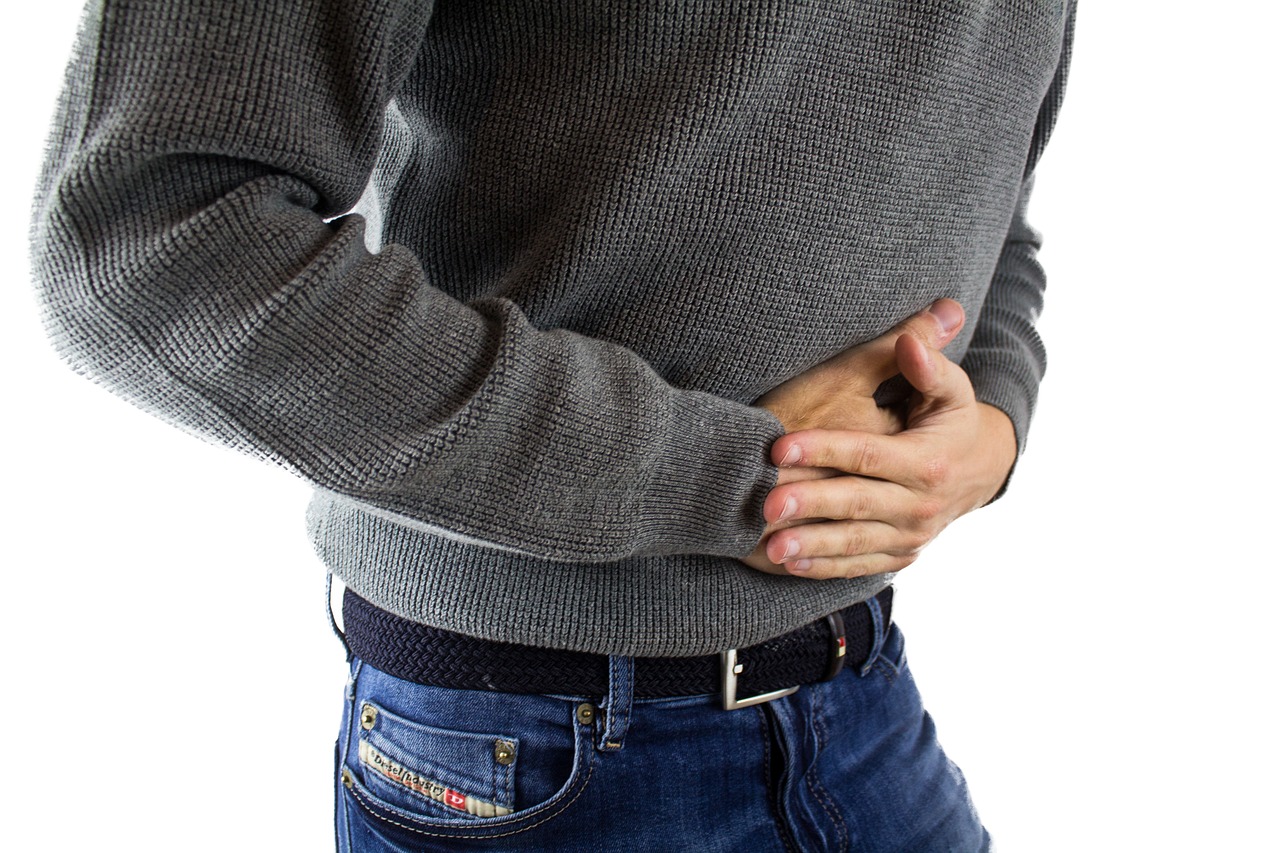Contents
– Focus on tapeworms
– Step 1: Preventing tapeworms
– Step 2: Recognize tapeworm symptoms
– Step 3: Treat the tapeworm
– Step 4: Check the success of the treatment
The tapeworm is a long, flat parasite (worm) of the small intestine, ranging from 4 to 10 meters in length. It infects both adults and children. It is very resistant; its longevity in the intestine can exceed 30 years if it is not treated. The consequences on health are, however, minor and without complication. Here is how to treat a tapeworm.
Taenia saginata (beef tapeworm) is widespread in Latin America, France, Africa, the Middle East, and Central Asia. Taenia solium (pig tapeworm) (rare in America and Europe) is more severe because its larvae can migrate from the digestive tract to the muscles, skin, eyes, and brain, causing severe disease, cysticercosis. It is a notable cause of epilepsy in some underdeveloped countries.
Contamination
The tapeworm is not transmitted from human to human, but the parasite needs an “intermediate host,” mainly beef or pork. The animal ingests the larvae present on the plants it consumes. They then develop in its muscles (the meat), and man is contaminated by eating the raw or undercooked meat.
The life of the tapeworm in the human intestine
Once ingested, the tapeworm larva attaches itself to the small intestine wall by a tiny head with 4 suckers. It gradually grows by feeding on food eaten by the human. In 3 months, the worm becomes an adult and can reproduce. Its body is a long ribbon that can reach 4 to 10 meters, formed by rings. At the end are the reproductive rings containing eggs. The eggs break off, migrate into the colon, and are expelled with the stool.
Is tapeworm contagious?
In countries where hygiene is imperfect, human carriers of tapeworm contaminate the environment. Indeed, the eggs, which are found in thousands in each ring and are very resistant in the external environment (sewers, grasses…), are released with feces, which are then a vector of transmission of the disease. Beef and pigs become contaminated by absorbing plants soiled by human wastes, therefore, ensuring the parasite’s spread.
Note: fertilizers containing human feces are prohibited because of the risk of transmitting tapeworm larvae to animals.
1. Preventing the appearance of tapeworms
– Cook meats thoroughly, especially beef and pork. Larvae are destroyed by cooking above 45°C. Eating raw meat (steak tartare) is risky.
– Food hygiene measures must be particularly respected when traveling in regions of the world where sanitary and veterinary controls are less developed.
Good to know: The World Health Organization recommends strengthening veterinary laboratory controls, water supply hygiene, and sanitation quality (eliminating open defecation). Globally, these measures are primarily aimed at eradicating Taenia solium, which causes cysticercosis, because of its severity.
2. Recognizing the symptoms of tapeworms

The infection goes unnoticed in most cases, and it is quite possible to harbor the parasite for years without realizing it. Tapeworm patients are healthy. Weight loss and complications from the parasite, such as appendicitis or intestinal obstruction, are infrequent.
Symptoms
A few mild, non-specific symptoms may be noted:
– abdominal pain around the belly button;
– nausea;
– appetite disturbances (lots of appetite without weight gain);
– diarrhea or constipation.
Diagnosis
The presence of tapeworms is demonstrated:
– by the discovery of rings in underwear, sheets, or feces. They have a characteristic shape: small whitish elements, flat, measuring 1 to 2 cm long and 6 to 8 mm wide, mobile. They look like large pasta, like tagliatelle;
– by laboratory examination. There are no biological abnormalities; inflammatory tests are regular, tapeworms do not cause anemia. Only a slight increase in the number of eosinophilic white blood cells is sometimes seen at the beginning of the infestation.
3. Treat tapeworms
Tapeworms are easily treated. Antiparasitic medications are used, the following dewormers:
– Praziquantel (Biltricide®) is taken in a single dose. The usual dosage is 10 mg/kg. Side effects are rare.
– Niclosamide (Tredemin) is prescribed in doses of 2 g for adults, 1 g for children aged 2 to 7 years, and 500 mg for children under 2 years.
You must follow strict treatment guidelines:
– Stay fasting from the day before.
– Take 2 tablets, chew them for a long time and then swallow them with very little water.
– Wait for 1 hour and do not eat.
– Retake 2 tablets, chew them for a long time, and then swallow them with very little water.
– Wait another 3 hours before eating.
Good to know: It is better to treat all the same family members if they have the same eating habits and all eat undercooked meat.
4. Check the success of the treatment
Case 1: Treatment is successful
The treatment is successful if the worm is evacuated through the anus.
– If the worm is whole, try to check for the presence of the head.
– If it is evacuated in fragments, which is most often the case, continue to monitor your stools.
Attention: the head of the worm must be evacuated. If it remains attached to the intestine, the tapeworm will continue to make rings.
Case n° 2: the treatment has failed
The persistence of rings in the stool after one week means that the treatment has failed. The patient will have to do a second treatment.
Wishing everybody good health ahead, please leave us your comments in the section below.


